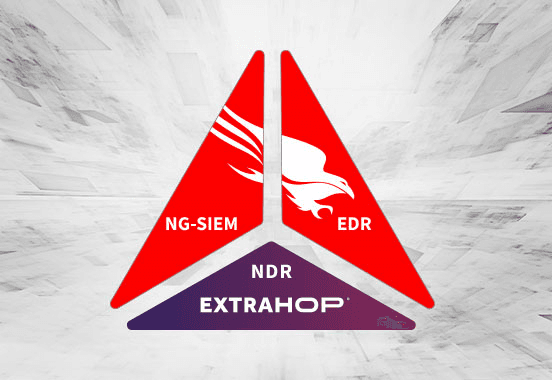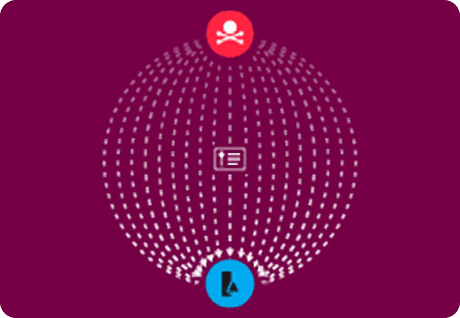Network Protocols Glossary
What is a network protocol? Protocols are the rules of the road for how data exists and moves on the network. They allow many different systems and computers to communicate.
Transmission Control Protocol (TCP)
What is Transmission Control Protocol (TCP)?
TCP (Transmission Control Protocol) is a reliable, connection-oriented protocol used for transporting data over the internet. It ensures that data is delivered in the correct order and without errors.
What is the purpose of TCP
Three-Way Handshake: To establish a connection, TCP uses a three-way handshake:
- The client sends a SYN packet to the server.
- The server responds with a SYN-ACK packet.
- The client sends an ACK packet to confirm the connection.
Data Transmission: Once the connection is established, data is broken down into segments and transmitted over the network. Each segment includes a sequence number and a checksum to ensure correct delivery.
Flow Control: TCP uses a sliding window mechanism to control the rate at which data is sent. This helps to prevent the receiver from becoming overwhelmed.
Error Detection and Correction: TCP uses checksums to detect errors in transmitted data. If an error is detected, the sender will retransmit the affected segment.
Congestion Control: TCP uses algorithms to adjust its sending rate based on network congestion. This helps to prevent network overload and improve performance.
Connection Termination: When the connection is no longer needed, TCP uses a four-way handshake to terminate it.






